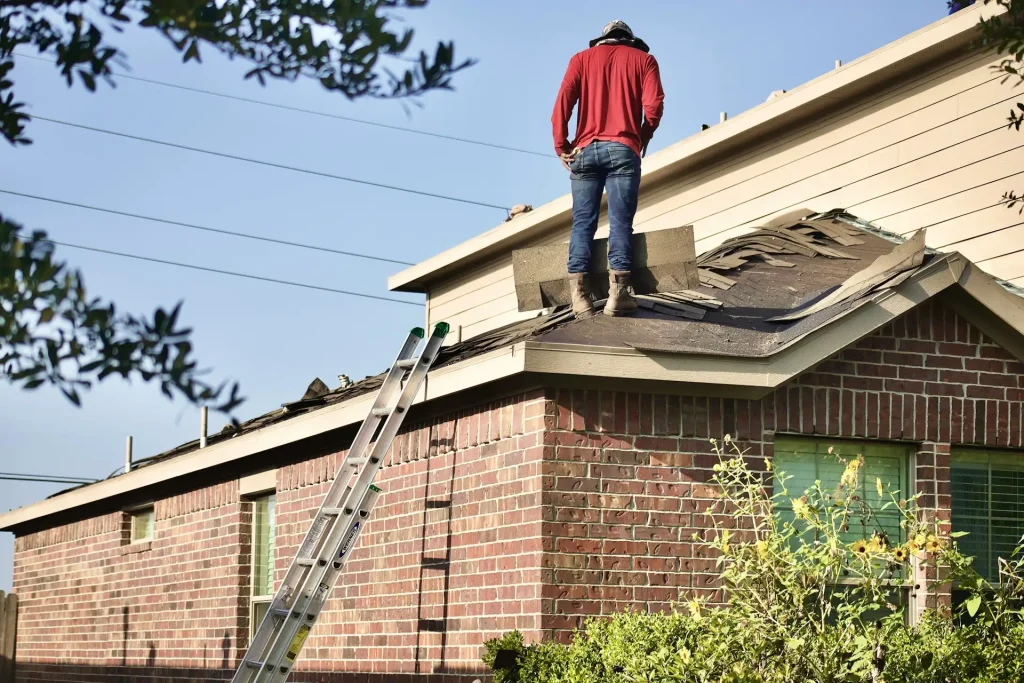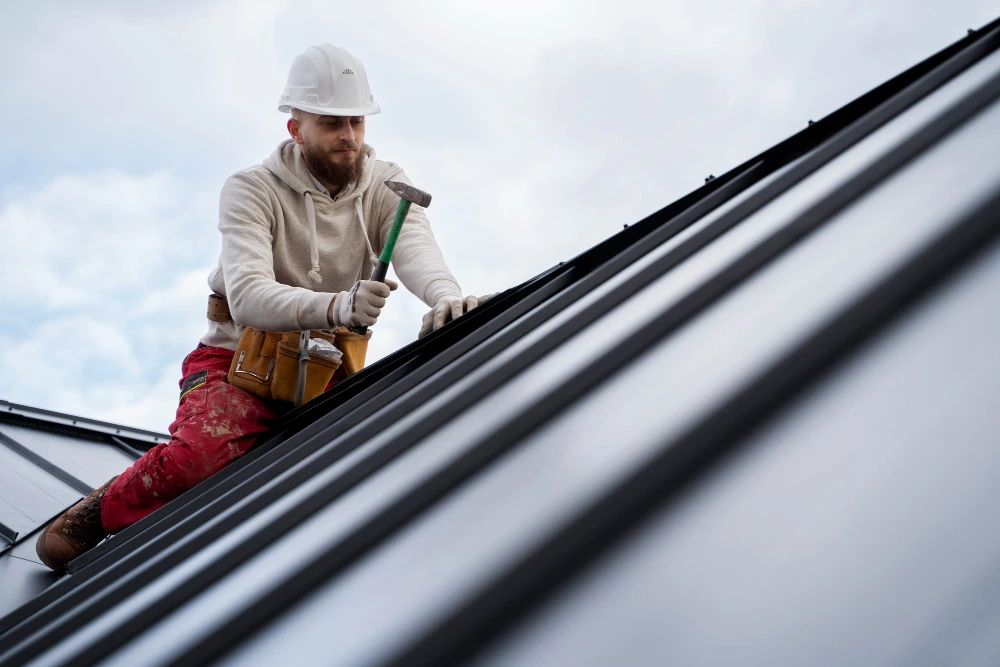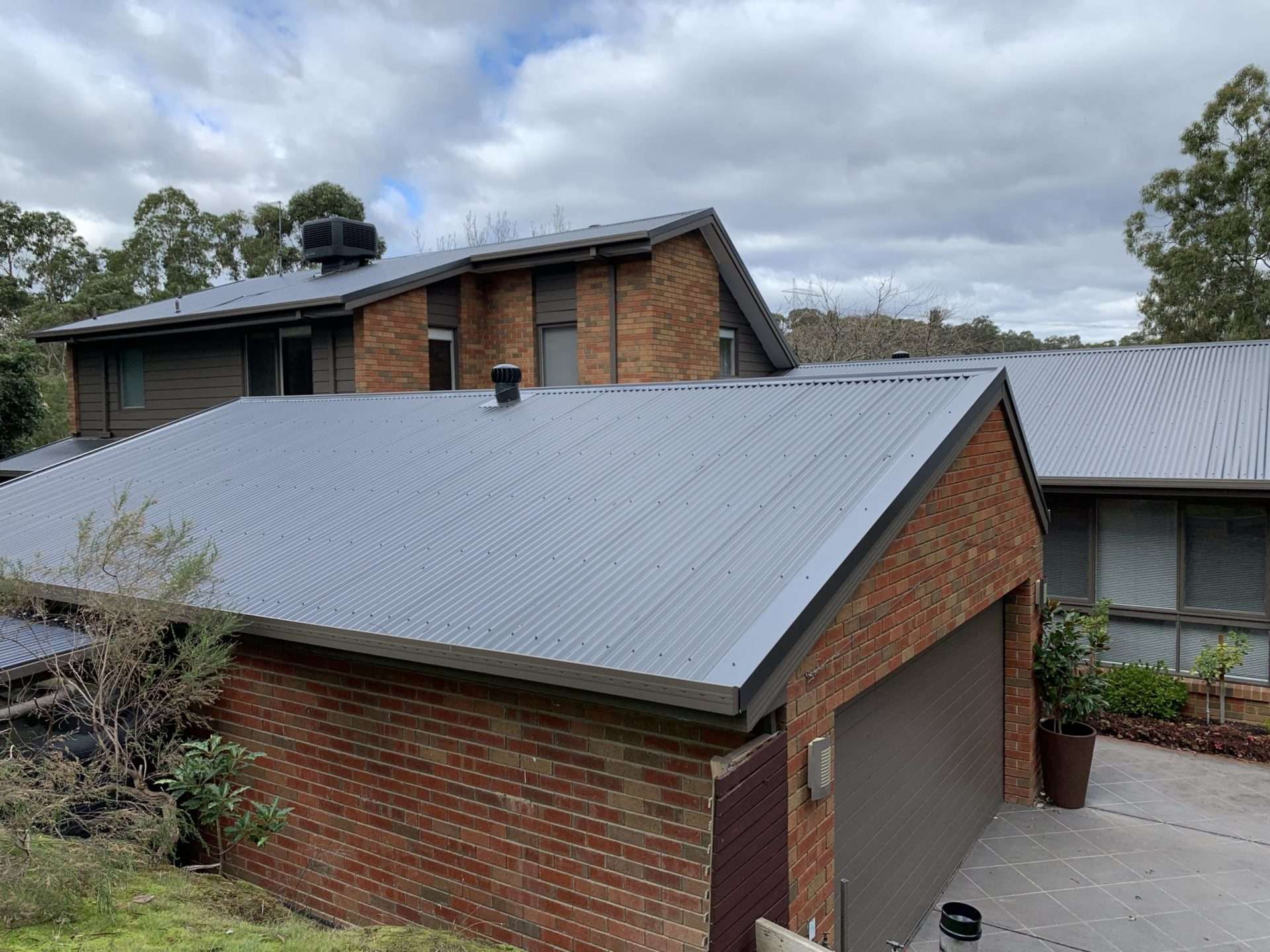Introduction: When the Drip Becomes a Downpour
A leaky roof isn’t just a nuisance—it’s a warning sign. For homeowners and businesses in Wollongong, a sudden roof leak during a storm can lead to costly water damage, structural issues, and even health hazards from mould and mildew. When that first drop hits the floor, it’s not just about fixing the leak—it’s about protecting your home.
In coastal regions like Wollongong, where sudden weather changes, heavy rains, and salty air are the norm, emergency roof leak repair isn’t something to take lightly. This article dives into what qualifies as a roofing emergency, the causes of sudden leaks, immediate steps to take, and how to prevent future issues.
What Is Considered a Roof Emergency?
Not all roof leaks are created equal. While some can wait for scheduled maintenance, others need urgent attention to avoid significant damage.
A roof leak becomes an emergency when:
-
- Water is actively entering the building
-
- Structural elements (like ceilings or beams) are affected
-
- There’s a risk of electrical hazards
-
- Interior furnishings or belongings are being damaged
-
- The weather forecast shows ongoing or worsening storms
Wollongong’s coastal climate means weather systems can change rapidly. A small leak in the morning can become a major issue by nightfall if the rain intensifies.
Common Causes of Emergency Roof Leaks in Wollongong
Understanding the root causes helps you react faster and smarter. Some of the most frequent culprits behind sudden roof leaks in Wollongong homes include:
1. Storm Damage
Heavy rain, hail, or wind can rip off shingles, crack tiles, and damage flashing. Even well-maintained roofs can fail during extreme conditions.
2. Blocked Gutters and Downpipes
Leaves, debris, and salt build-up are common in coastal areas. Blocked drainage systems cause water to back up under roofing materials and into the home.
3. Aging Roofing Materials
Roofs exposed to salt air tend to age faster. Tiles may crack, metal can corrode, and sealants dry out—leaving entry points for water.
4. Improper Installation
Poor workmanship, especially around chimneys, skylights, and vents, often leads to leaks. Flashing that isn’t sealed properly is a common entry point.
5. Fallen Tree Branches
Wollongong has many leafy suburbs, and a fallen branch during a storm can break tiles or puncture metal roofing instantly.
What to Do Immediately After Discovering a Roof Leak
A quick and level-headed response can save thousands of dollars in damage. If you spot a roof leak:
1. Contain the Water
Use buckets, towels, or containers to catch dripping water. This prevents further damage to flooring, carpets, and furniture.
2. Move Valuables and Electronics
Shift items away from the leak source—especially electronics, soft furnishings, and important documents.
3. Try to Identify the Source
If it’s safe, visually inspect where the leak is coming from. This helps when explaining the problem to a roofing professional.
4. Avoid Climbing the Roof
Wet, slippery roofs are dangerous. Leave the inspection to professionals unless you’re trained and equipped for roof safety.
5. Minimise Interior Damage
Use plastic sheeting or tarps if the leak is spreading. A small, temporary barrier can go a long way.
Temporary Emergency Fixes (Until Help Arrives)
Sometimes, you may need to implement a stopgap solution while waiting for professional help.
-
- Roofing Tape or Sealant: For accessible flat roofs or metal sections, heavy-duty waterproof tape can offer a temporary seal.
-
- Tarp the Area: If you have safe roof access, placing a heavy-duty tarp over the leak (and anchoring it well) helps block further water entry.
-
- Silicone Around Flashing: Silicone caulk can help seal small cracks around vents or skylights temporarily.
Note: These fixes are not long-term solutions. They’re only meant to prevent further damage until a qualified roofer arrives.
How Wollongong’s Climate Affects Roof Longevity
Living in a coastal town comes with perks—breezes, beaches, and ocean views. But the same environmental factors that make Wollongong beautiful also pose threats to roofing materials.
Salt Air
Accelerates rust and corrosion on metal roofs, flashing, and gutters.
Wind-Driven Rain
Can force water under tiles and metal sheeting, especially if flashing is weak or damaged.
UV Exposure
Sunlight breaks down waterproofing membranes and paint coatings, making materials brittle over time.
Vegetation Debris
Leaves from nearby trees clog drains, and overhanging branches cause wear and physical damage.
When to Call for Emergency Roof Leak Repair
If you’re unsure whether your leak warrants emergency service, look for these signs:
-
- Water is pooling inside your home
-
- Stains are spreading rapidly across ceilings or walls
-
- You see sagging plasterboard or bubbling paint
-
- There are multiple leak points
-
- Storm conditions are worsening, and your roof is compromised
In Wollongong, where severe weather can roll in with little notice, acting quickly is essential to avoid internal structural damage and mould growth.
Professional Roof Leak Inspection: What to Expect
When a qualified roofer arrives for emergency leak repair, here’s what typically happens:
-
- Initial Assessment – They’ll inspect from inside the home to understand how water is entering and where it’s traveling.
- Roof Access – Using safety gear, they’ll check the roof surface for broken tiles, rust, loose flashing, or clogged gutters.
- Leak Isolation – The exact source of the leak is identified (sometimes it’s not directly above the drip).
- Temporary Fix – If weather prevents permanent repair, a secure tarp or patch will be applied.
- Quote for Permanent Repair – You’ll receive a recommendation and cost estimate for fixing the root problem.
Preventing Future Emergencies
Emergency repairs are stressful and expensive. Here’s how Wollongong property owners can prevent recurring issues:
Regular Roof Inspections
Aim for at least once a year, especially before storm season. Inspections catch early signs of wear and tear.
Keep Gutters Clear
Clear gutters and downpipes of leaves, nests, and debris. This reduces overflow and water backup.
Trim Overhanging Trees
Branches can scratch roofing materials or break off during storms, causing damage.
Upgrade Roofing Materials
Modern materials offer better weather resistance, especially in coastal conditions. If your roof is over 20 years old, a replacement might be more cost-effective long-term.
Seal Vulnerable Areas
Pay attention to skylights, chimneys, roof valleys, and vents. These are common weak spots for leaks.
Wollongong’s Weather Won’t Wait—Neither Should You
Roof leaks may start as a few innocent drops, but they rarely stay small. In Wollongong’s unpredictable coastal climate, timely action is everything. Knowing how to respond—and when to call in the professionals—can protect your home from far greater damage.
From blocked gutters to cracked flashing, most emergencies stem from preventable issues. So while quick repairs are vital in the moment, regular maintenance is your best defence.
Stay proactive, stay dry, and know the signs before that drip becomes a disaster.





